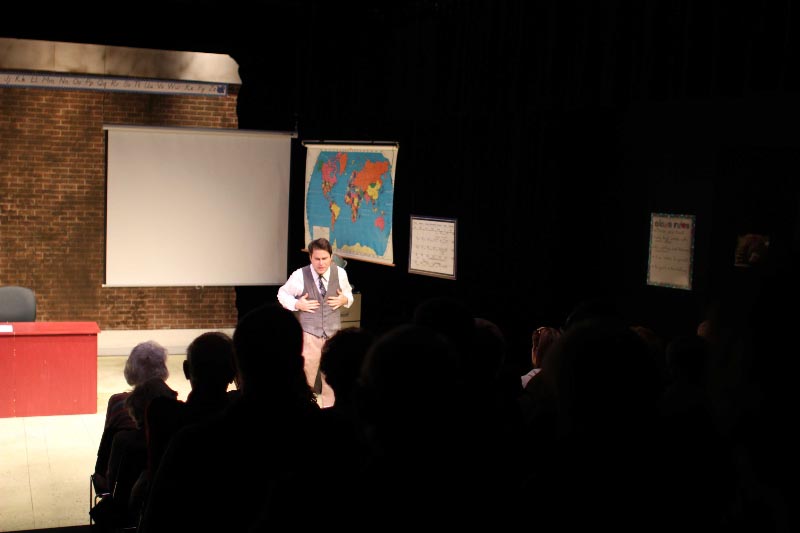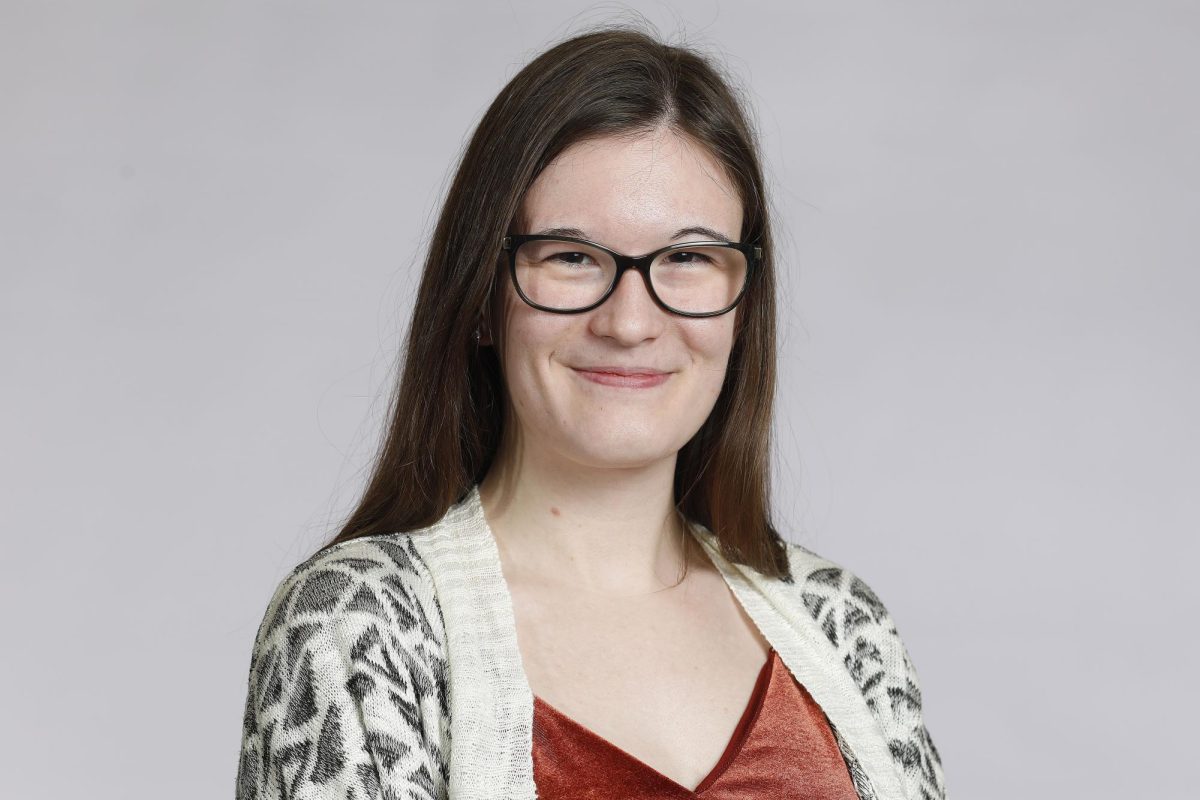Happy Pride Month!
Sports have traditionally been regarded as venues for rivalry, athleticism, and friendship. However, there have frequently been obstacles, discrimination, and difficulties for LGBTQ+ people to participate in sports.
The LGBTQ+ community has put forth a lot of effort over the years to be accepted and included in the sports industry.
LGBTQ+ people have historically had a difficult time engaging in open sports. Strong obstacles were generated by societal stigma, discriminatory fear, and the prevailing heteronormative culture.
Homosexuality was mostly frowned upon in the early 20th century, and LGBTQ+ people frequently kept their identities a secret to prevent being shunned.
This secrecy also permeated the sports world, as players were afraid of the consequences of coming out.
One notable example is the former NFL player David Kopay is frequently recognized as the first publicly LGBTQ+ athlete of our time.
Being one of the first professional athletes to come out as gay, Kopay made his announcement in the public eye in 1975.
He made a ground-breaking and brave decision to discuss his sexual orientation in public, especially considering the then-current prejudices against homosexuality.
Due to Kopay’s transparency on his identity, significant discussions regarding LGBTQ+ inclusion in sports have been sparked and stereotypes have been challenged.
His boldness cleared the path for upcoming generations of LGBTQ+ athletes to live and compete authentically, even in the face of persecution and retribution.
The legacy of Kopay serves as a constant reminder of the value of representation and visibility in the ongoing struggle for equality in sports.
The LGBTQ+ rights movement began during a time of social unrest and action in the 1960s and 1970s.
LGBTQ+ sports icons of this era include pioneers like Billy Jean King and Martina Navratilova.
The tennis legend Martina Navratilova risked her career when she came out as bisexual in 1981, but in the end, she helped to advance acceptance.
In a similar vein, King, a pioneer in the field of women’s tennis, dedicated her professional life to promoting gender equality and LGBTQ+ rights.
Her activism promoted an inclusive atmosphere in sports and assisted in the removal of barriers. In their quest for authenticity, these sportsmen showed incredible bravery and tenacity in the face of criticism and persecution.
The acceptance of LGBTQ+ athletes in sports has advanced significantly in the late 20th and early 21st centuries.
Jason Collins, an NBA player, made news in 2013 when he revealed his sexual orientation as an open homosexual person in one of the four major professional sports leagues in North America.
Collins’ declaration inspired other players to accept their identities and started a dialogue about LGBTQ+ representation in sports.
Organizations like You Can Play and Athlete Ally were founded at the same time to battle homophobia and transphobia and to support LGBTQ+ inclusion in sports.
These programs promoted a more accepting atmosphere for LGBTQ+ people by giving athletes, coaches, and sports organizations access to resources, support, and education.
Despite advancements, obstacles still face LGBTQ+ athletes. In many sporting communities, discrimination, stereotyping, and a lack of representation are still pervasive.
LGBTQ+ athletes continue to confront obstacles to participation and frequently encounter discrimination and harassment, especially transgender athletes.
Still, there are indications of improvement and hope. Athletes are becoming more outspoken about their sexual orientation, dispelling myths, and supporting LGBTQ+ rights. To make sports facilities safer and more inviting for all athletes, sports organizations are putting inclusive policies and programs into practice.
The history of LGBTQ+ people in athletics is proof of the human spirit’s tenacity, bravery, and resolve. LGBTQ+ athletes have persisted in pushing limits, dispelling stereotypes, and paving the way for a more inclusive future despite institutional roadblocks and persecution.

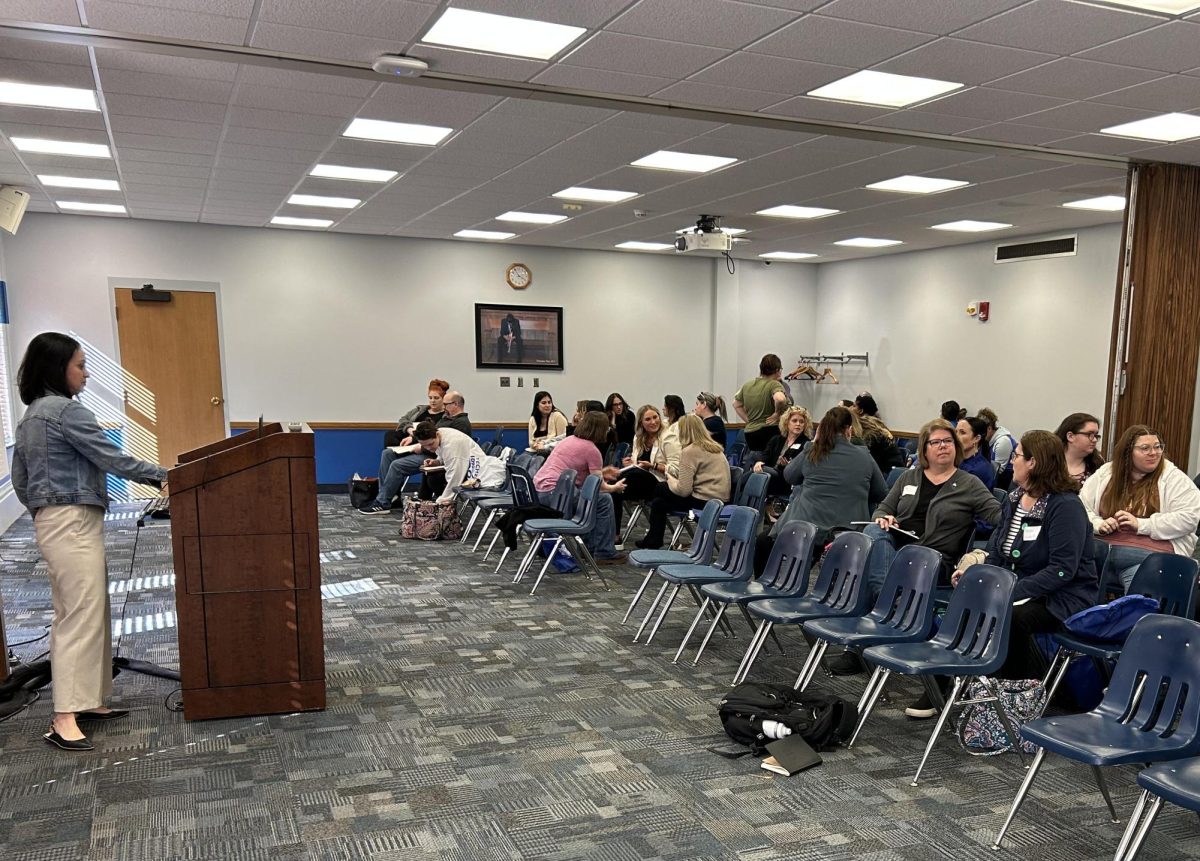
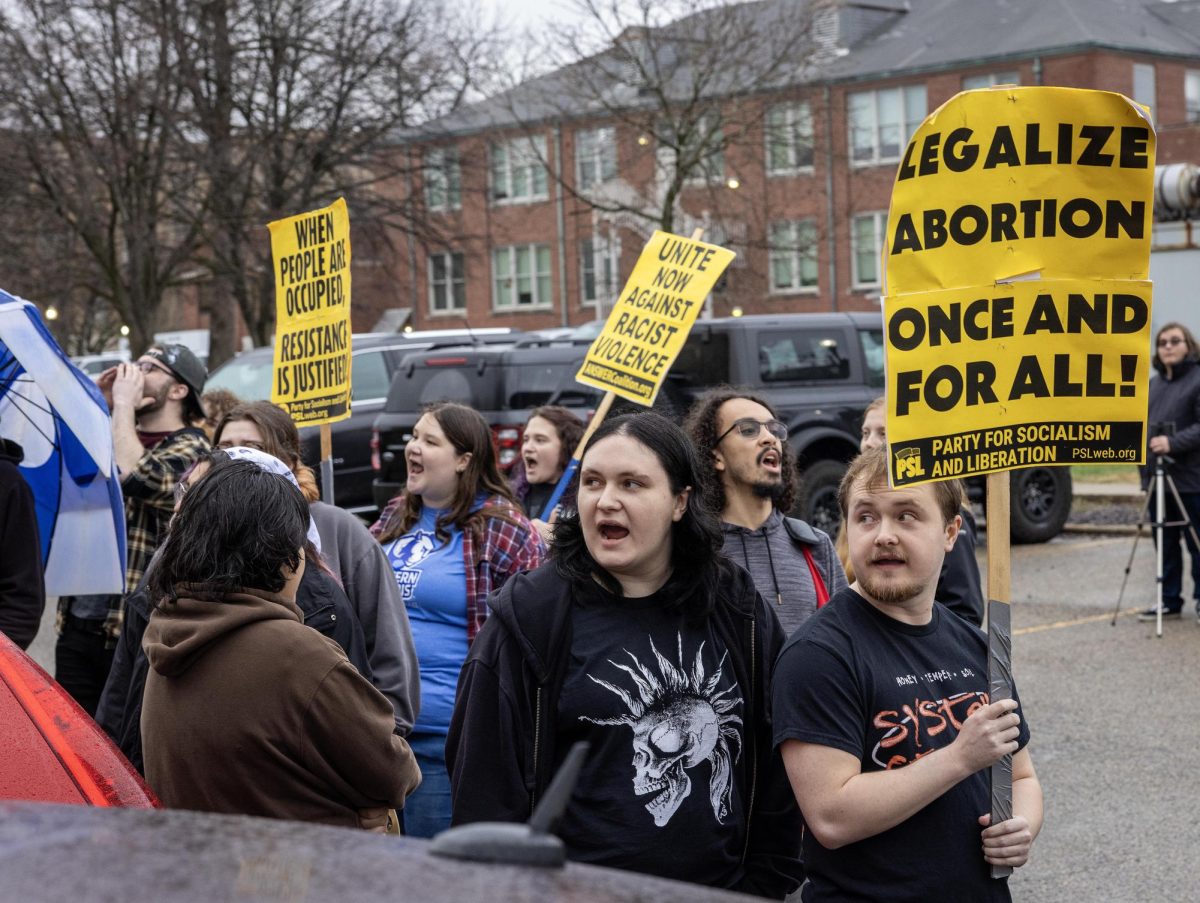
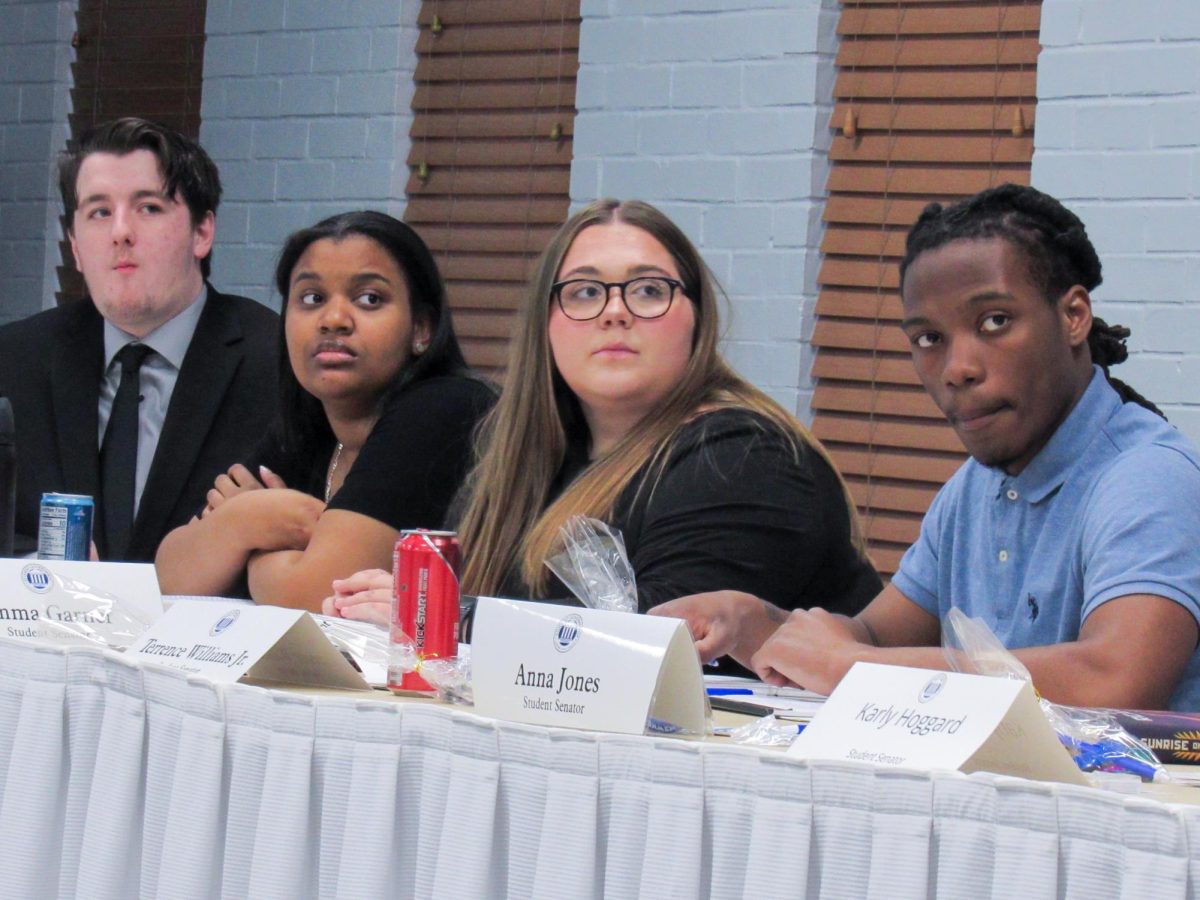
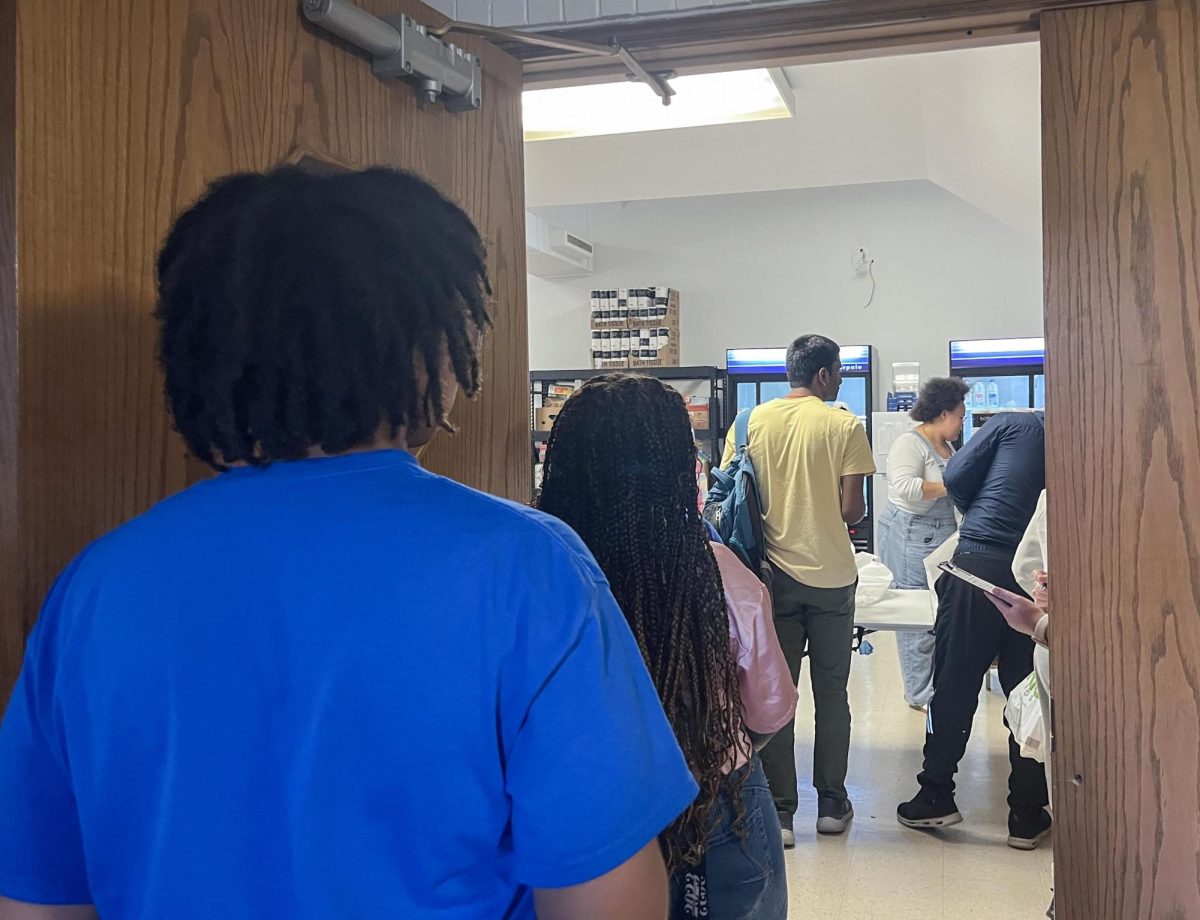
![[Thumbnail Edition] Eastern Illinois University President Jay Gatrell welcoming staff and faculty to the Spring 2025 Plan 2028 update in Doudna Fine Arts Center on March 26, 2025.](https://www.dailyeasternnews.com/wp-content/uploads/2025/03/P2028_01_O-1-e1743206673730-1200x560.jpg)
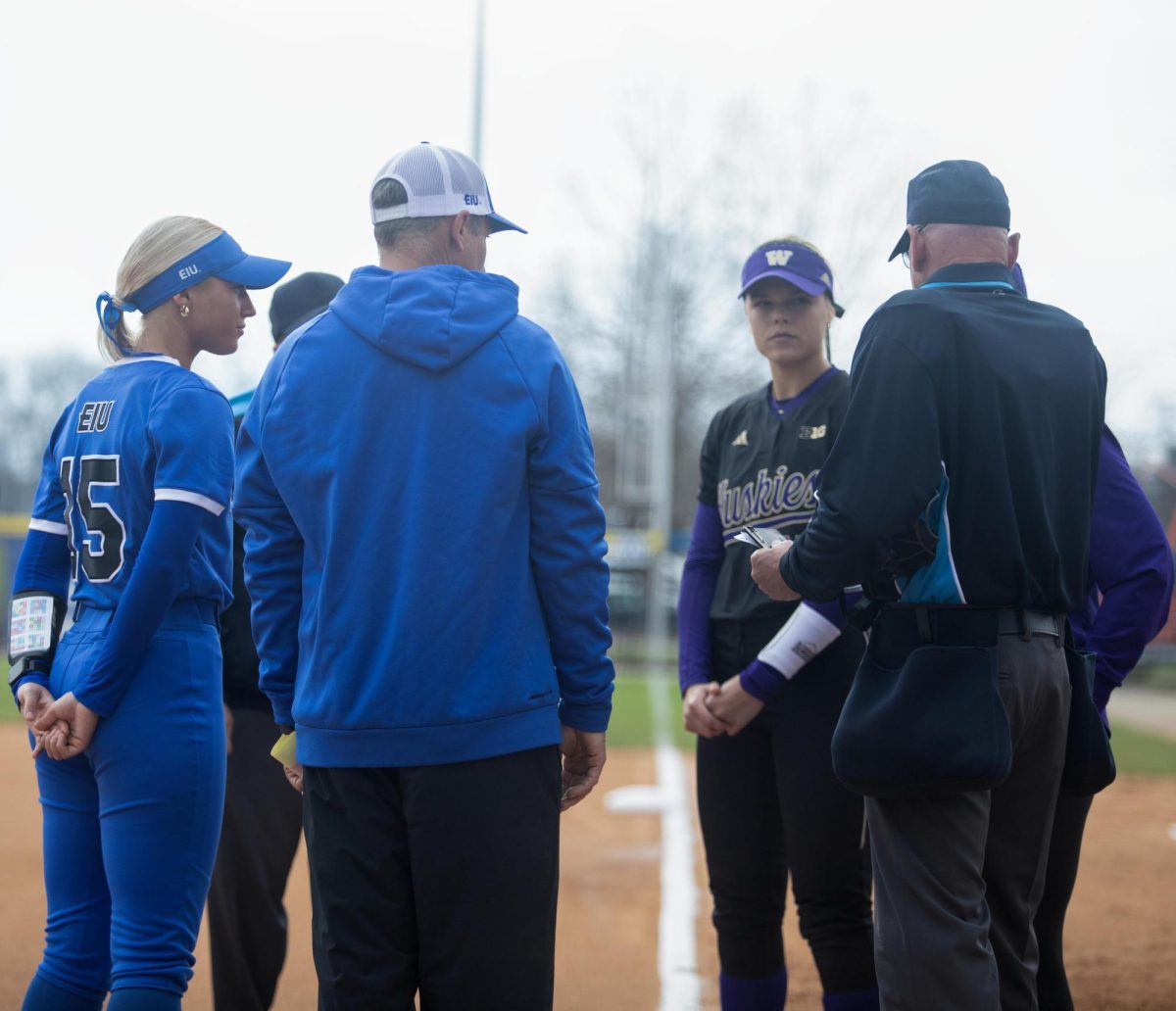
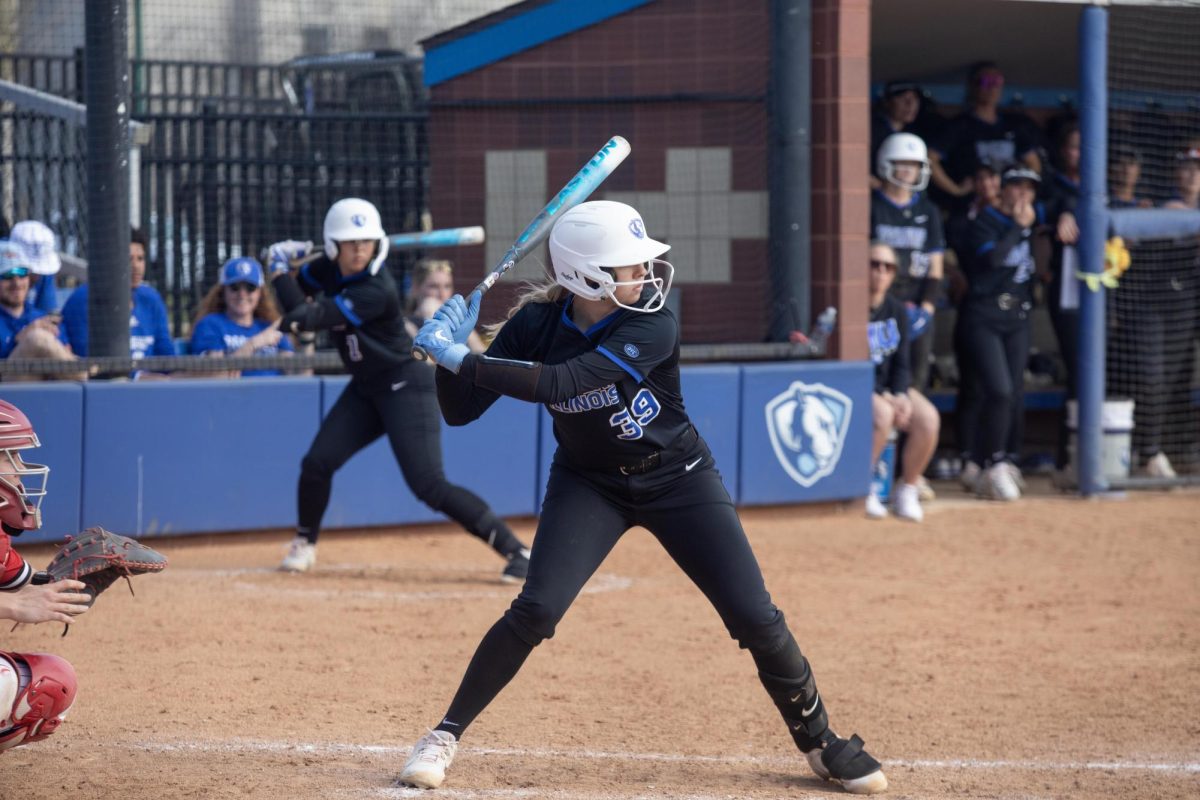
![[Thumbnail Edition] Senior Foward Macy McGlone, getsw the ball and gets the point during the first half of the game aginst Western Illinois University,, Eastern Illinois University Lost to Western Illinois University Thursday March 6 20205, 78-75 EIU lost making it the end of their season](https://www.dailyeasternnews.com/wp-content/uploads/2025/03/WBB_OVC_03_O-1-e1743361637111-1200x614.jpg)
![[Thumbnail Edition] Junior right-handed Pitcher Lukas Touma catches at the game against Bradley University Tuesday](https://www.dailyeasternnews.com/wp-content/uploads/2025/03/MBSN_14_O-e1743293284377-1200x670.jpg)
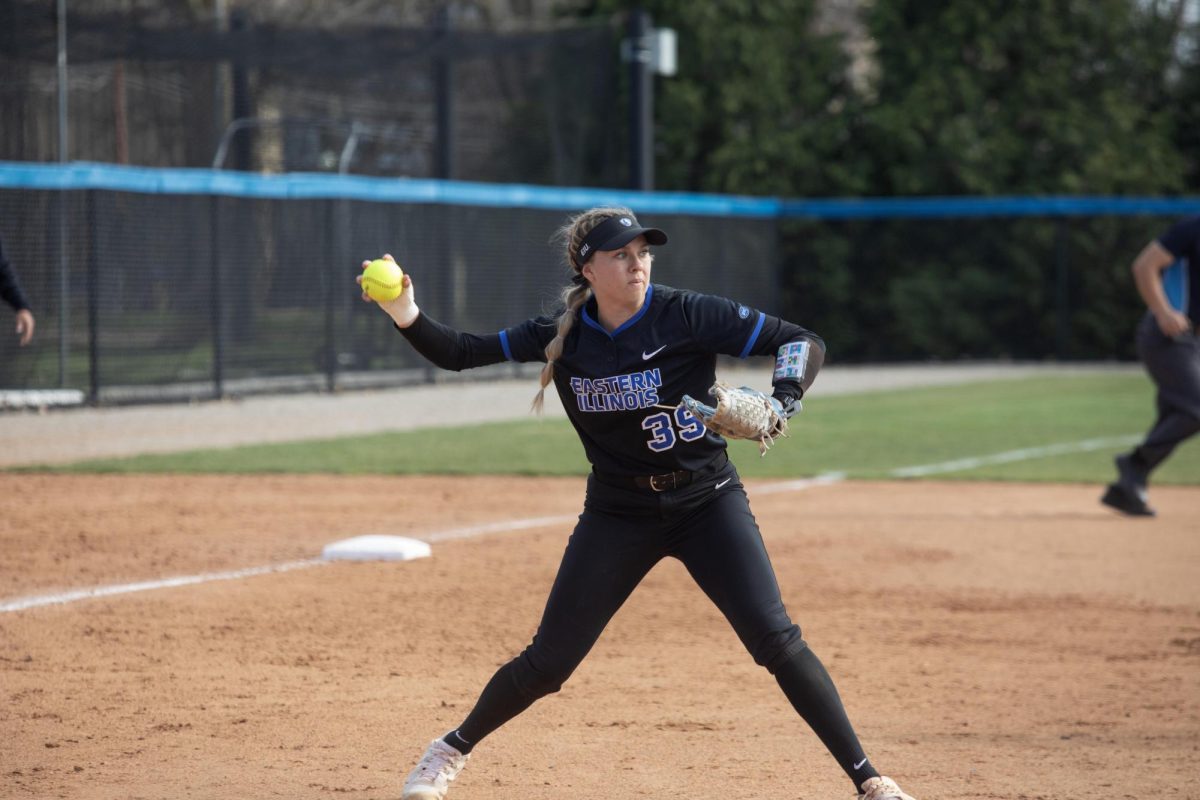
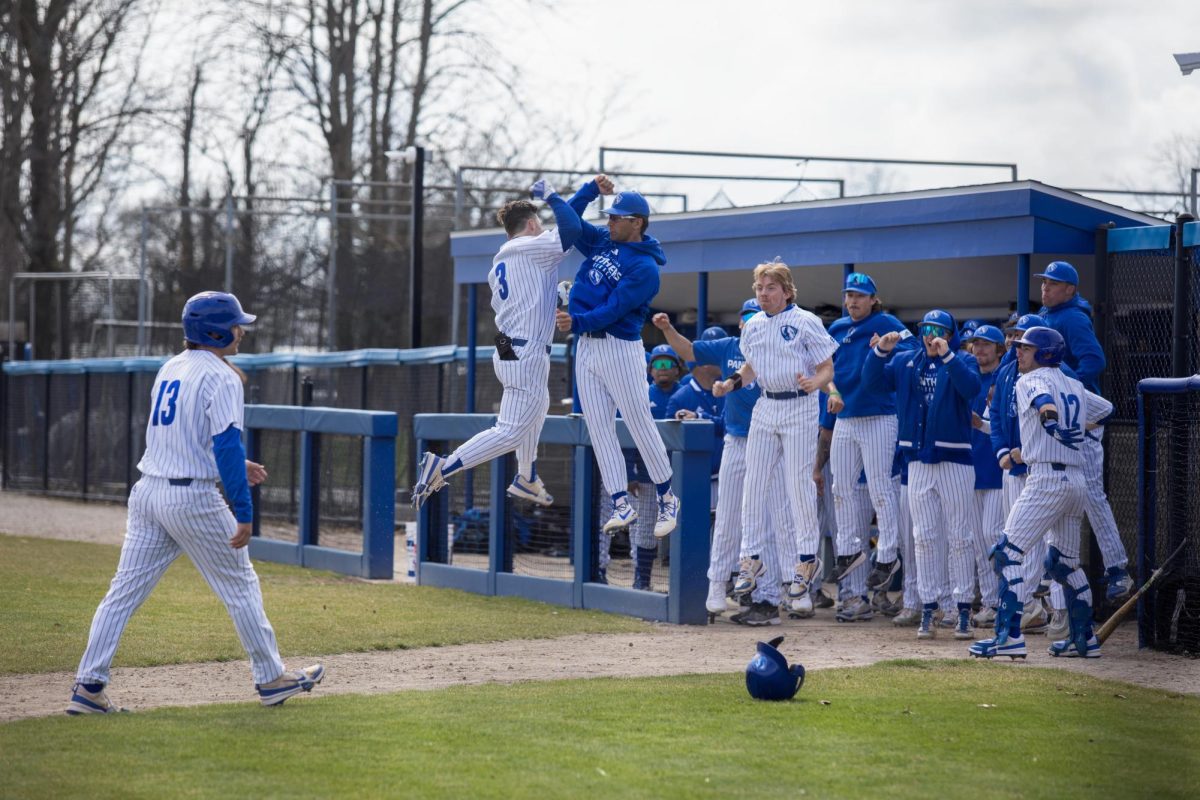
![[Thumbnail Edition] Eastern Illinois University baseball senior utility player Tyler Castro fields a ground ball during the team's first intrasquad scrimmage of the season on Jan. 31.](https://www.dailyeasternnews.com/wp-content/uploads/2025/03/BB_01_O-e1742874760130-1-e1742907504722-1200x911.jpg)
![[Thumbnail Edition] Senior tennis player Luisa Renovales Salazar hits the tennis ball with her racket at the Darling Courts at the Eastern Illinois University campus in Charleston, ILL.](https://www.dailyeasternnews.com/wp-content/uploads/2025/03/Tennis_01_O-1-e1741807434552-1200x670.jpg)






















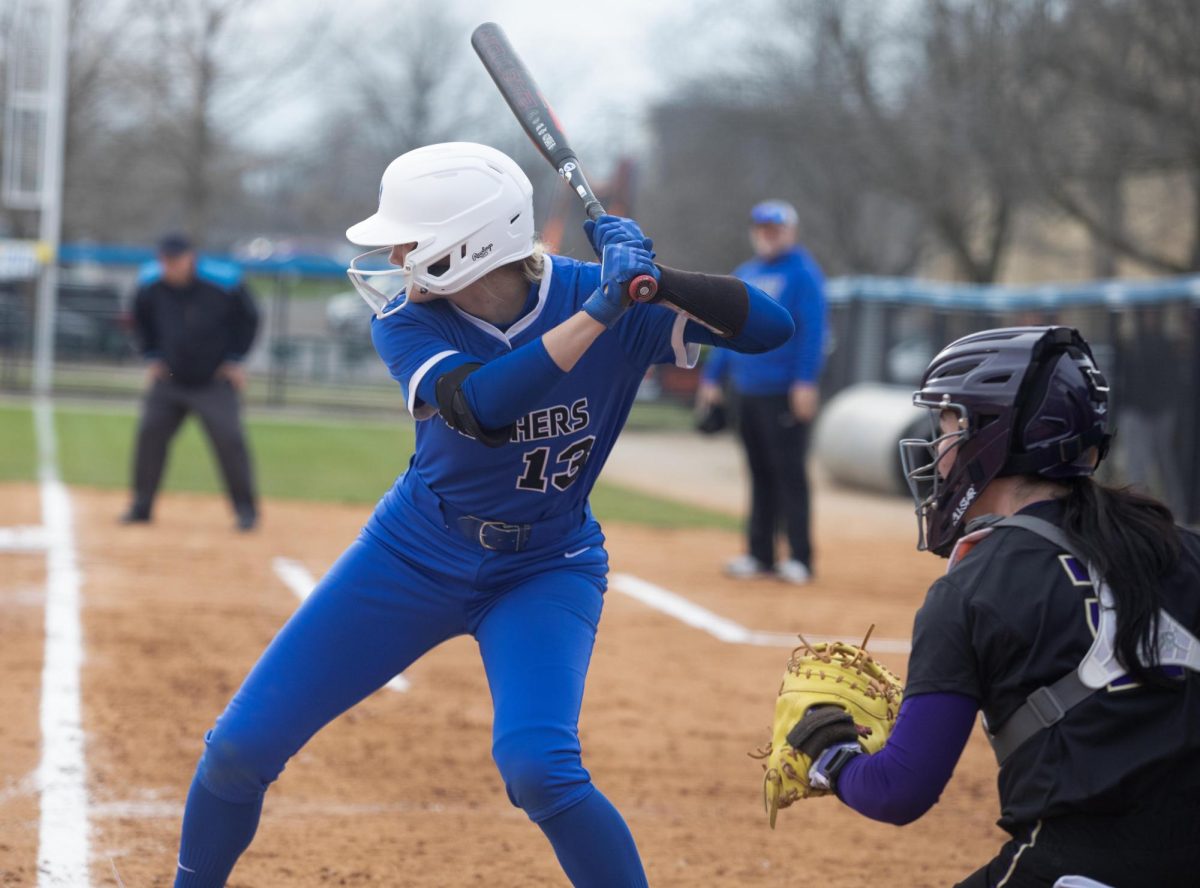
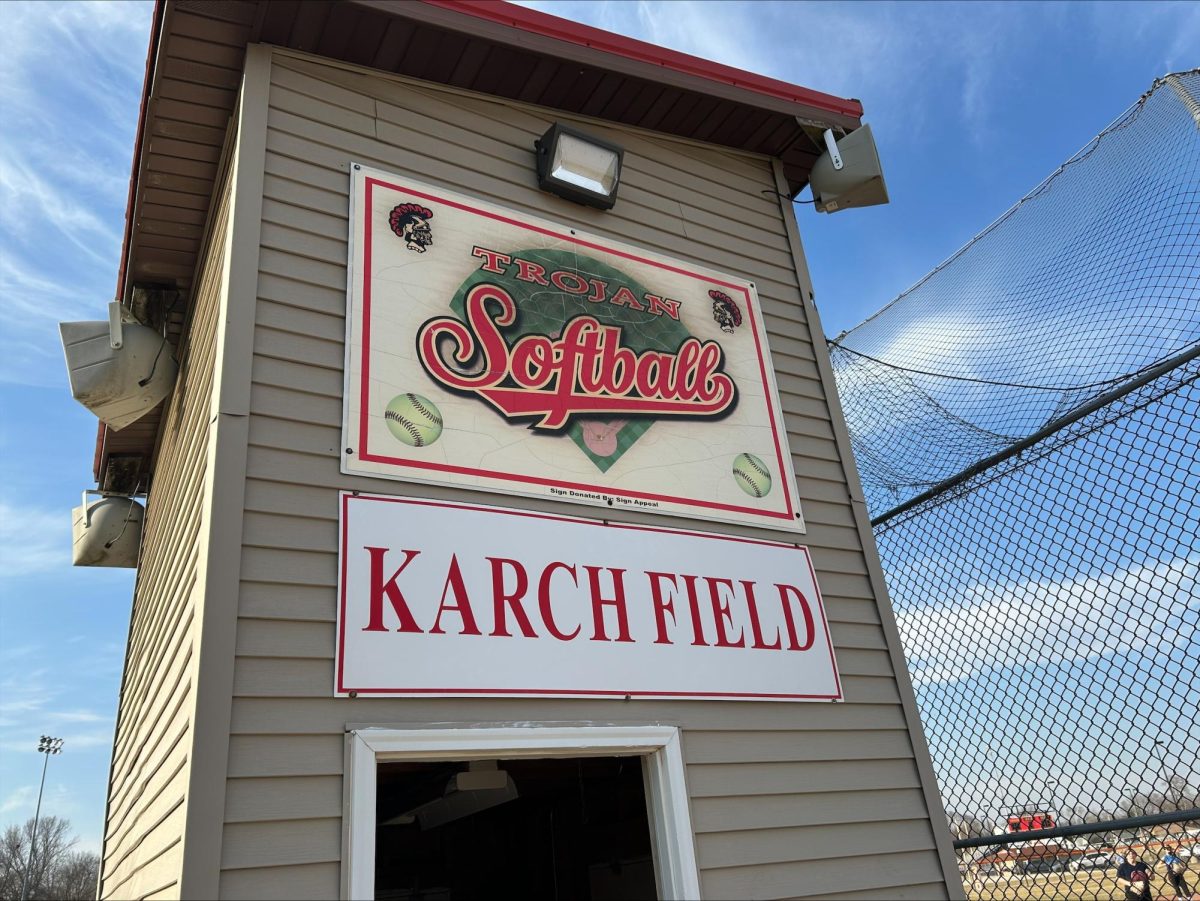













![The Weeklings lead guitarist John Merjave [Left] and guitarist Bob Burger [Right] perform "I Am the Walrus" at The Weeklings Beatles Bash concert in the Dvorak Concert Hall on Saturday.](https://www.dailyeasternnews.com/wp-content/uploads/2025/03/WL_01_O-1200x900.jpg)
![The team listens as its captain Patience Cox [Number 25] lectures to them about what's appropriate to talk about through practice during "The Wolves" on Thursday, March 6, in the Black Box Theatre in the Doudna Fine Arts Center in Charleston, Ill.](https://www.dailyeasternnews.com/wp-content/uploads/2025/03/WolvesPre-12-1200x800.jpg)


